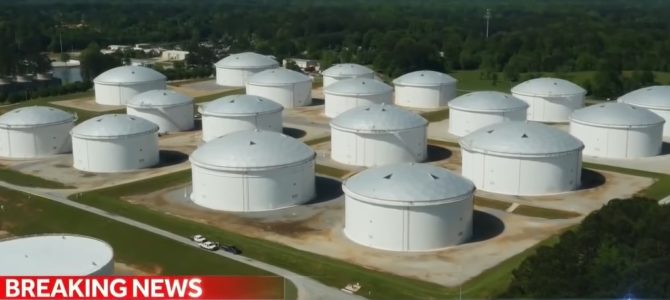
When most of the nation’s governors shut down nonessential businesses and directed people to stay at home, they made the mistake of keeping urban transit systems running despite a 2018 study showing that mass public transportation systems expedite the spread of infectious diseases in communities. Further, a 2011 study found that people who ride urban transit are nearly six times more likely to suffer from upper respiratory infections than people who don’t.
This suggests public transit should have been one of the first things shut down when we realized the seriousness of the pandemic. Instead, the transit lobby persuaded Congress to give transit agencies $25 billion so they could continue spreading the virus to more people. Transit agencies claim they need to keep running to help “essential workers” commute to their jobs. But if those workers are so essential, wouldn’t it be better for them to use safer transportation?
The situation is worst in New York, the nation’s only urban area that is truly dependent on transit. Before the pandemic began, the New York urban area contained 45 percent of the nation’s transit riders. Since the pandemic, the same area has seen 45 percent of Wuhan virus fatalities.
This isn’t entirely a coincidence, although New York’s Metropolitan Transportation Authority didn’t help when it forbade its employees to wear masks from March 6 to March 30. More than 70 transit employees and innumerable riders have since died of the virus.
COVID-19 is what risk analyst Nassim Taleb calls a black swan, by which he means an unexpected event that can send major shock waves through an economy. Although individual black swans are unpredictable, they happen rather frequently: Think 9/11, Hurricane Katrina, and the 2008 financial crisis.
Each of these events should have taught us the importance of a resilient transportation system. It must be relatively immune from terrorist attacks, protect its users from infectious diseases, help people flee from natural disasters, and not be disabled by a loss of revenues during recessions and depressions.
The good news is we already have such a system — and it’s not urban transit. The bad news is that many, including the transit lobby, would like to dismantle that system. The system, of course, is motor vehicles and highways, possibly the most resilient transportation structure ever devised.
The lesson of 9/11, historian Stephen Ambrose observed, was “don’t bunch up.” When terrorists aim at transportation targets, they don’t go after roads, which are too dispersed. Instead, they attack planes, trains, and subways.
The same logic applies when we are being attacked by an infectious disease such as the coronavirus. It’s not surprising that Massachusetts Institute of Technology researchers reported this month that New York’s subway “was a major disseminator — if not the principal transmission vehicle — of coronavirus infection.”
When Hurricane Katrina hit the Gulf Coast, New Orleans was the second-most transit-dependent city in the country, with 30 percent of households owning no cars, compared with 9 percent nationwide, making evacuation difficult for many. A few weeks later, when Hurricane Rita made landfall, cars allowed 3.7 million people to evacuate from the Houston area in less than two days.
Motor vehicles and highways are also essential for bringing aid into regions hit by natural disasters. First responders are not going to get where they need to go by taking light rail.
Because they are labor-intensive, mass transportation systems such as Amtrak and urban transit are especially vulnerable to recessions. Highways are far less labor intensive; once built, they are there when we need them and, if properly funded out of user fees, can be maintained in proportion to their use.
Transit advocates repeatedly claim that transit serves low-income workers and is greener than driving. This was true 50 years ago but is no longer correct. The vast majority of low-income workers now have cars, while the people most likely to ride transit are those who earn more than $75,000 a year. Meanwhile, transit uses more energy per passenger mile than the average car in 484 of the nation’s 488 urban areas and emits more greenhouse gases per passenger mile than the average car in 480 of them.
Transit advocates further insist that “buses, trains, and subways make urban civilization possible.” That was true in most urban areas 100 years ago. But it is no longer true today outside New York City, and the coronavirus pandemic may make New Yorkers rethink whether they really want to live and work at the densities that require a transportation system so lacking in resiliency.
Nationwide transit ridership has declined in each of the last five years, and it seems likely the decline will accelerate after this pandemic is over. It’s time to stop throwing money at an obsolete form of travel and focus on reinforcing the resiliency of the transportation system that is already moving more than 80 percent of passenger travel in the United States.









